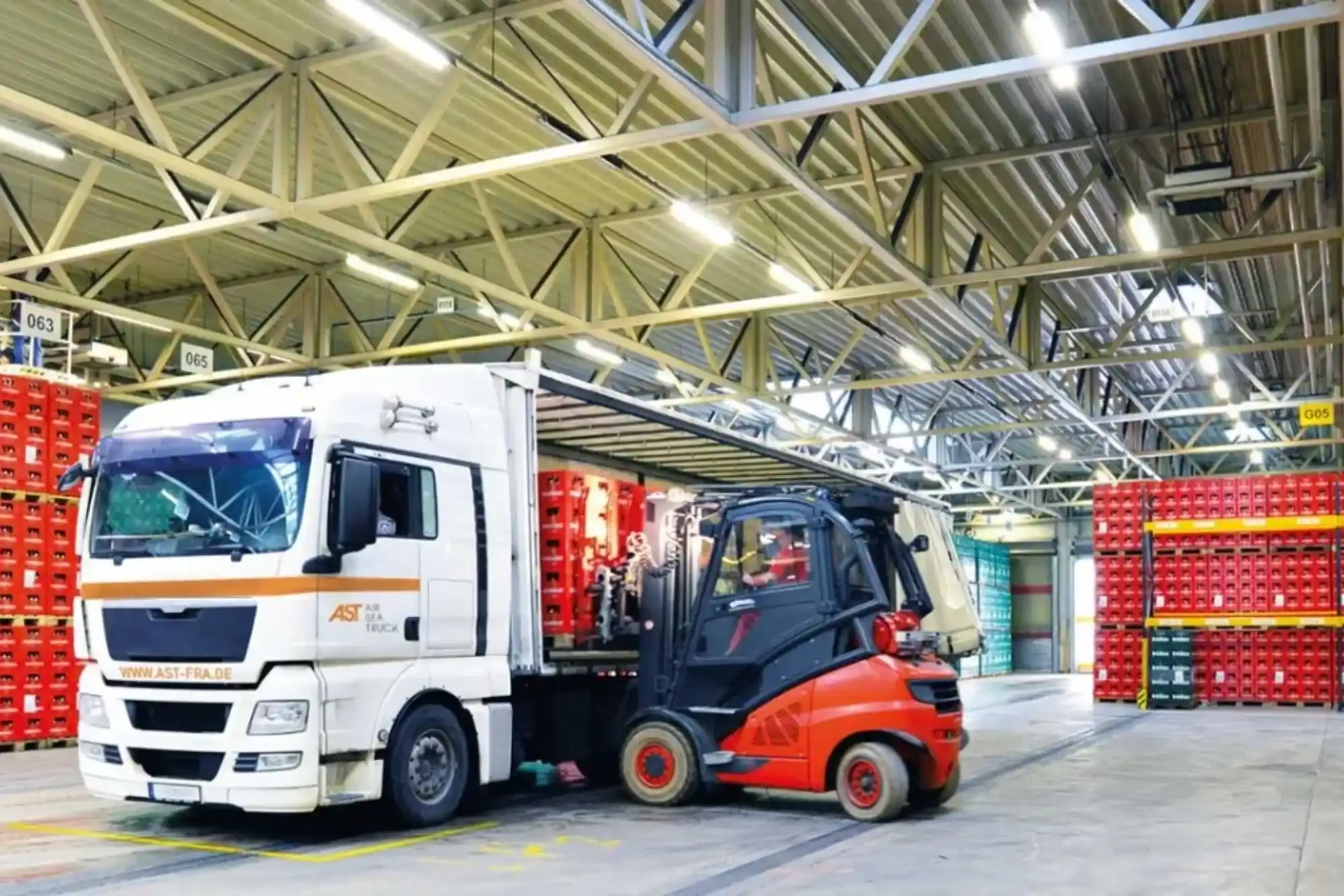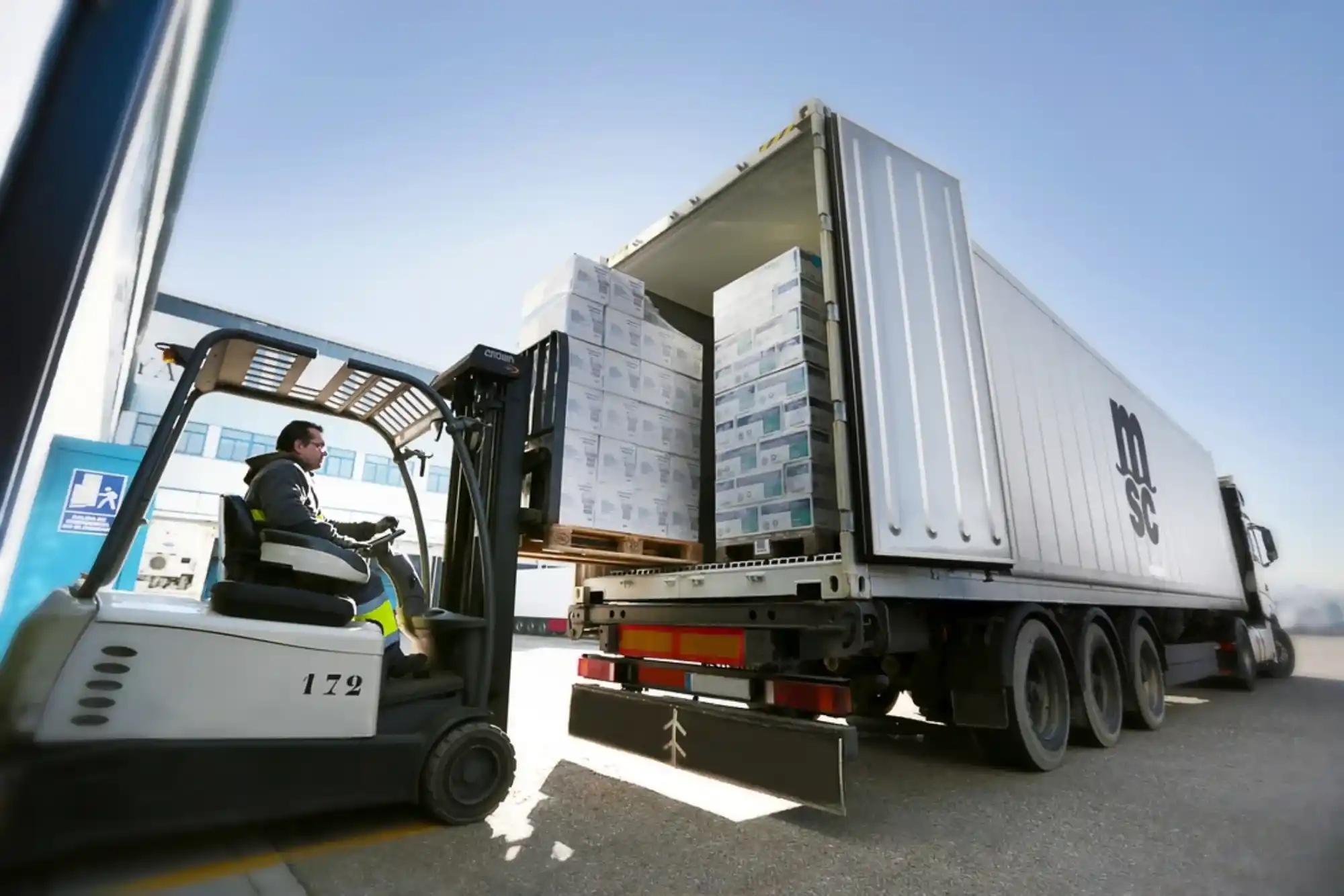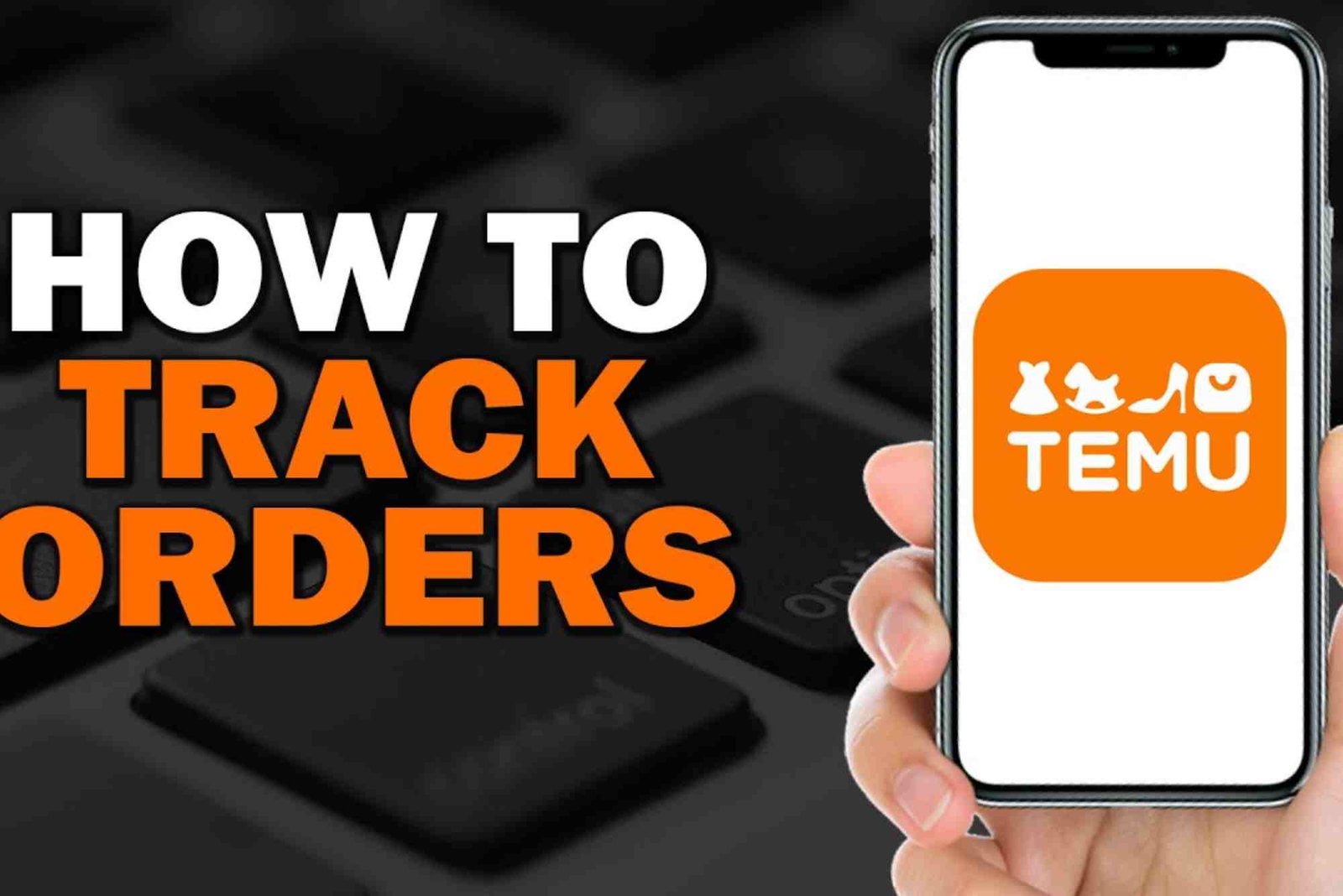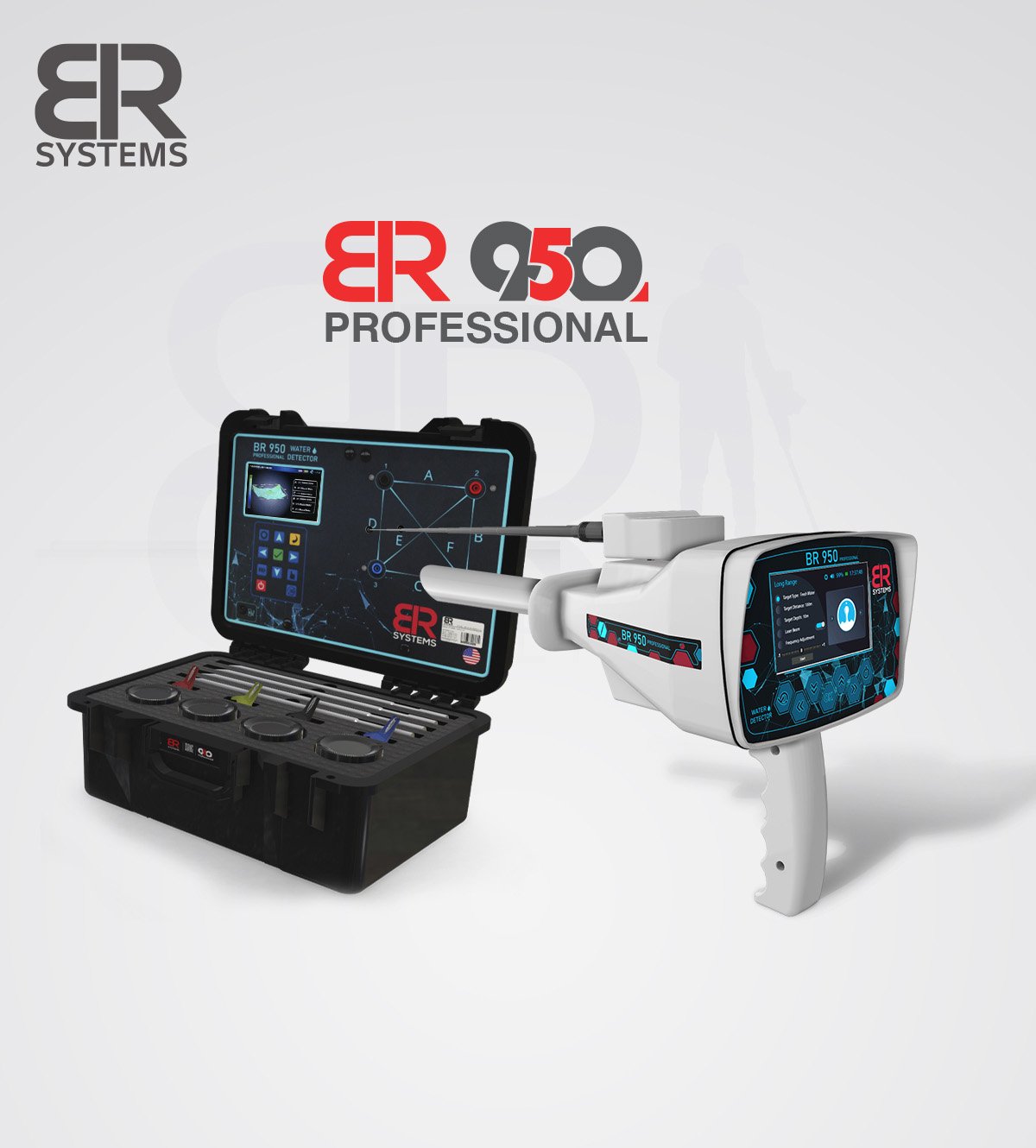Cold chain logistics is the backbone of industries that depend on temperature-sensitive products. From pharmaceuticals to food, maintaining the correct temperature throughout the transportation process is critical to prevent spoilage and ensure product quality.
In this comprehensive guide, we will explore what cold chain logistics is, its key components, challenges, and solutions to ensure effective temperature-controlled logistics.
What is Cold Chain Logistics?
Cold chain logistics refers to the transportation of temperature-sensitive products in a controlled environment. These products range from vaccines and other pharmaceuticals to perishable food products like meat, dairy, and frozen goods.
Maintaining the right temperature from production to delivery is crucial in cold chain logistics to preserve the integrity and safety of the products.
Temperature management is vital, as even minor fluctuations can lead to spoilage, contamination, or product degradation. Efficient cold chain logistics ensures that products are kept within the ideal temperature range throughout the supply chain journey.
Key Components of Cold Chain Logistics

Cold chain logistics comprises several integral components to ensure products are preserved at the right temperature from start to finish. These components include:
Temperature-Controlled Storage
Products in the cold chain need to be stored at specific temperatures in warehouses or storage facilities. Cold storage units are designed to regulate temperatures to meet product-specific requirements.
For instance, vaccines need to be stored at much lower temperatures than perishable food products. Storage facilities need to have adequate insulation, temperature monitoring systems, and backup power supplies to avoid any disruptions in the cold chain.
Refrigerated Transport
Refrigerated transport vehicles, such as trucks, planes, or ships, are used to move temperature-sensitive products. These vehicles are equipped with cooling systems to maintain a consistent environment during transit.
Different types of transportation are required depending on the distance, nature of the product, and delivery requirements. For example, some products may require same-day air freight, while others can be transported by road over several days, provided the temperature remains constant.
Real-Time Monitoring Systems
Temperature monitoring systems are critical in cold chain logistics to ensure that the desired temperature is consistently maintained. These systems use sensors to track the temperature, humidity, and other environmental factors during transit.
Any deviations from the ideal temperature range trigger alarms, allowing logistics operators to take corrective actions. Advanced monitoring systems also provide real-time data to allow quick interventions and optimize the cold chain process.
Packaging Solutions
Proper packaging is essential to maintain the temperature of cold chain products during transportation. Insulated containers, gel packs, dry ice, and phase change materials (PCMs) are commonly used in cold chain logistics to maintain the required temperature inside the packaging.
Packaging solutions should be tailored to the product’s specific needs to prevent temperature deviations. For instance, highly perishable products may require packaging with active cooling technologies.
Trained Personnel
Skilled personnel are crucial for the success of cold chain logistics. Employees must understand the importance of maintaining temperature control and follow strict handling protocols. Training helps minimize human errors that could lead to product spoilage or contamination.
Cold chain operators need specialized training in operating temperature-controlled vehicles, handling temperature-sensitive products, and responding to temperature monitoring alarms.
The Importance of Cold Chain Logistics

Industries that rely on temperature-sensitive products must maintain a robust cold chain to prevent losses and ensure product safety. Let’s explore why cold chain logistics is so essential:
Maintaining Product Integrity
The primary goal of cold chain logistics is to maintain the integrity of products, ensuring they remain in optimal condition. This is especially important for pharmaceuticals, where even minor temperature changes can render products ineffective or harmful. For food products, temperature fluctuations can cause spoilage, leading to food safety risks and economic losses.
Meeting Regulatory Compliance
Industries that handle temperature-sensitive products are subject to strict regulatory requirements. Health authorities and safety organizations impose guidelines to ensure that products like vaccines and biological materials remain safe during transport.
Failure to comply with these regulations can lead to penalties, product recalls, or damage to a company’s reputation.
Reducing Waste
Cold chain logistics minimizes the risk of product wastage. Poor temperature control during transportation or storage can lead to spoilage, resulting in significant financial losses. Effective cold chain logistics helps prevent such losses by maintaining a stable environment for the products.
Customer Satisfaction
Ensuring product quality at the point of delivery is essential for customer satisfaction. Whether it’s delivering fresh produce to a supermarket or providing life-saving vaccines to healthcare facilities, cold chain logistics ensures that the products meet the required standards.
Challenges in Cold Chain Logistics
Cold chain logistics is a complex process that involves numerous challenges. Here are some of the key hurdles faced by logistics operators:
Temperature Excursions
One of the most common challenges in cold chain logistics is temperature excursions—periods where the product is exposed to temperatures outside its required range. These excursions can occur due to equipment malfunctions, delays, or human error. Even a short period outside the optimal temperature can lead to product degradation.
High Operational Costs
Cold chain logistics is expensive due to the specialized equipment, refrigerated transport, and continuous monitoring required. The costs of maintaining temperature control can be significantly higher than standard logistics operations.
Limited Infrastructure in Some Regions
In regions with limited cold chain infrastructure, it can be challenging to maintain proper temperature control. This is particularly true in developing countries where access to refrigerated transportation or storage facilities may be limited.
Compliance with International Standards
For global cold chain logistics, companies must comply with a range of international regulations. These regulations vary by country and product type, and ensuring compliance can be a complex and time-consuming process.
Solutions for Overcoming Cold Chain Logistics Challenges
While cold chain logistics presents various challenges, solutions and innovations are emerging to help overcome these hurdles:
Advanced Monitoring Technology
The adoption of advanced IoT-based temperature monitoring systems allows for real-time tracking of products throughout the supply chain. These systems provide real-time data on the product’s location and temperature, helping companies take corrective actions immediately if there are any temperature excursions.
Improved Packaging Solutions
Innovations in packaging technology, such as phase change materials (PCMs) and vacuum insulation panels, help maintain temperatures for longer periods. These packaging solutions reduce the reliance on refrigerated transport and storage.
Building Regional Cold Chain Infrastructure
Governments and organizations are working together to develop cold chain infrastructure in underserved regions. These efforts include building cold storage facilities and providing training for local personnel in cold chain management.
Using Blockchain for Transparency
Blockchain technology is being increasingly adopted in cold chain logistics to improve transparency and traceability. By using blockchain, every stage of the supply chain is documented and verified, ensuring that the product’s journey and temperature conditions are fully traceable.
Cold Chain Logistics Best Practices
To ensure success in cold chain logistics, companies should follow these best practices:
| Best Practice | Description |
|---|---|
| Regular Training | Continuously train staff on cold chain protocols and equipment handling. |
| Real-Time Monitoring | Implement IoT-based monitoring systems to track temperature and location. |
| Prevention of Delays | Minimize transit delays to avoid temperature fluctuations during transport. |
| Contingency Planning | Develop contingency plans for equipment failures or temperature excursions. |
| Tailored Packaging | Use specialized packaging designed for specific product temperature needs. |
| Compliance Audits | Conduct regular audits to ensure compliance with regulatory standards. |
FAQs About Cold Chain Logistics
What is the purpose of cold chain logistics?
Cold chain logistics is used to transport and store temperature-sensitive products, ensuring they remain at the correct temperature throughout the supply chain to prevent spoilage or degradation.
Why is temperature control crucial in cold chain logistics?
Temperature control is essential because even slight temperature fluctuations can lead to product spoilage, contamination, or a decrease in product efficacy, especially in pharmaceuticals and food.
What products require cold chain logistics?
Products that require cold chain logistics include vaccines, pharmaceuticals, biological samples, frozen foods, fresh produce, and certain chemicals.
What are the major challenges in cold chain logistics?
The main challenges in cold chain logistics include temperature excursions, high operational costs, compliance with international standards, and limited infrastructure in certain regions.
How does real-time monitoring help in cold chain logistics?
Real-time monitoring systems allow companies to track temperature and environmental conditions during transit, enabling quick interventions if deviations are detected.










